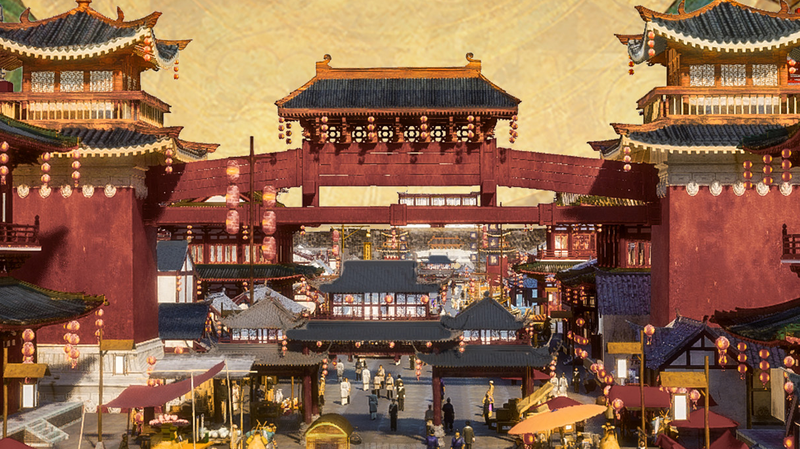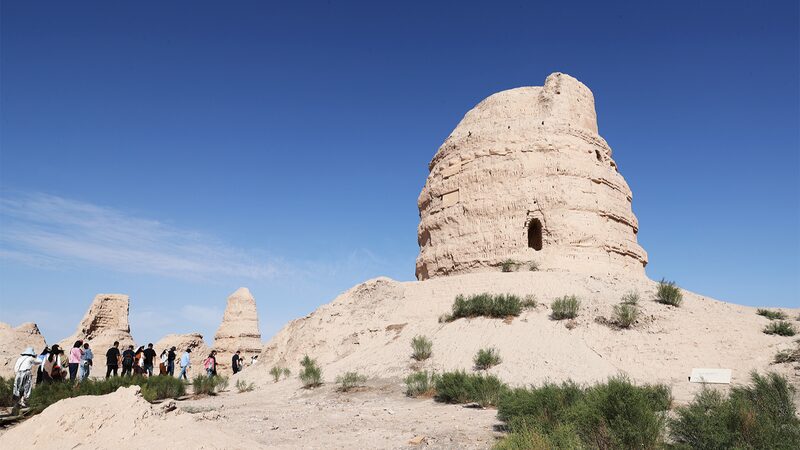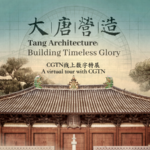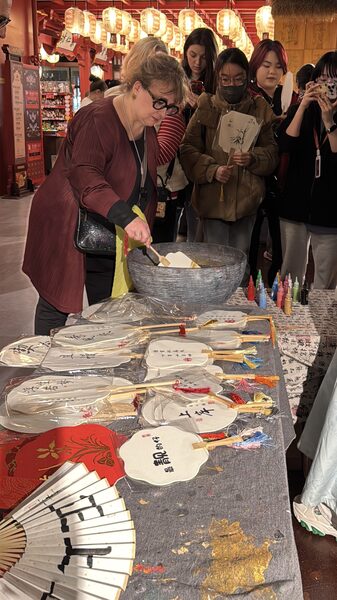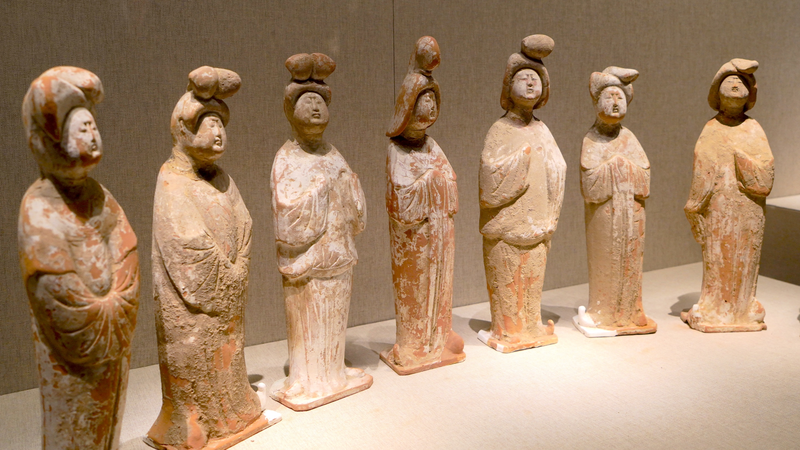In the annals of history, few cities have captured the imagination like Chang'an, the sprawling capital of China's Tang Dynasty (618–907 CE). Nestled in present-day Xi'an, this ancient metropolis wasn't just a political powerhouse—it was a vibrant crossroads of culture, trade, and innovation that shaped Asia's identity.
At its zenith, Chang'an boasted a population surpassing one million, with meticulously designed grid-like streets, bustling markets, and grand imperial palaces. Its urban planning—featuring symmetrical layouts and specialized districts for commerce, governance, and worship—became a blueprint for cities across Japan, Korea, and beyond. The city’s cosmopolitan spirit thrived as merchants, scholars, and diplomats from the Silk Road mingled with local residents, exchanging goods, ideas, and art.
For modern observers, Chang'an offers lessons in globalization long before the term existed. Its economic policies fostered cross-continental trade networks, while its blend of Buddhist, Daoist, and foreign traditions created a cultural melting pot. Researchers note how its legacy continues to influence Asian urban landscapes, from Seoul's royal palaces to Kyoto's temple architecture.
As travelers flock to Xi'an to walk the remnants of Chang'an's ancient walls or marvel at the Terracotta Army, the city's story resonates anew—a testament to Asia's enduring role as a bridge between civilizations.
Reference(s):
cgtn.com
